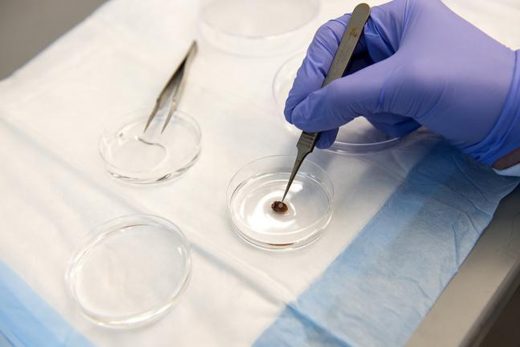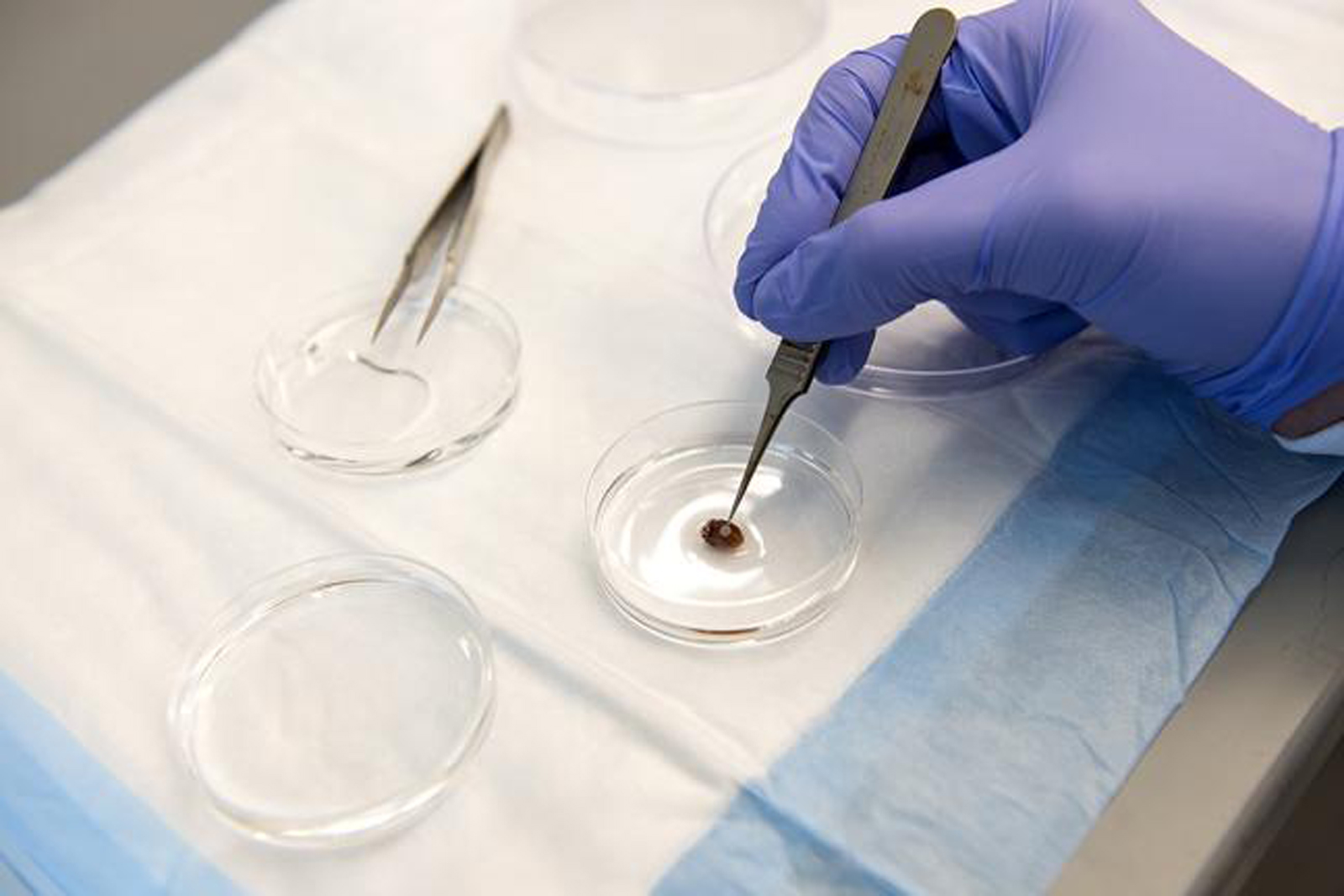A 3D-printed patch could help you recover from a heart attack
Scientists have dreamed of easily patching up heart tissue in the wake of heart attacks, but there are always gotchas: for example, it’s no mean feat to replicate the complex structures of real tissue. However, there may be a solution in sight. Researchers have produced a 3D-printed cell patch that can heal scarred heart tissue. The team used laser-based bioprinting to fit stem cells (based on adult human heart cells) to a matrix developed around a 3D scan of heart tissue’s native proteins. When those cells grew, the matrix not only replicated the structures of regular heart tissue (down to 1 micron) but started beating in sync. And the early results are very promising.
After the team tested its patch on a mouse, the rodent’s heart saw a “significant increase” in functional capacity in the space of 4 weeks. Moreover, it eventually absorbed into the heart — the team didn’t have to perform follow-up operations to make sure it was a good fit.
Naturally, a mouse heart is easier to fix than a much larger human heart. The researchers see this as just a matter of time, though. They believe that human-scale patches should be viable “within the next several years.” If so, recovering from a heart attack may just be a matter of implanting some custom-printed tissue and waiting for your health to improve.
(41)





